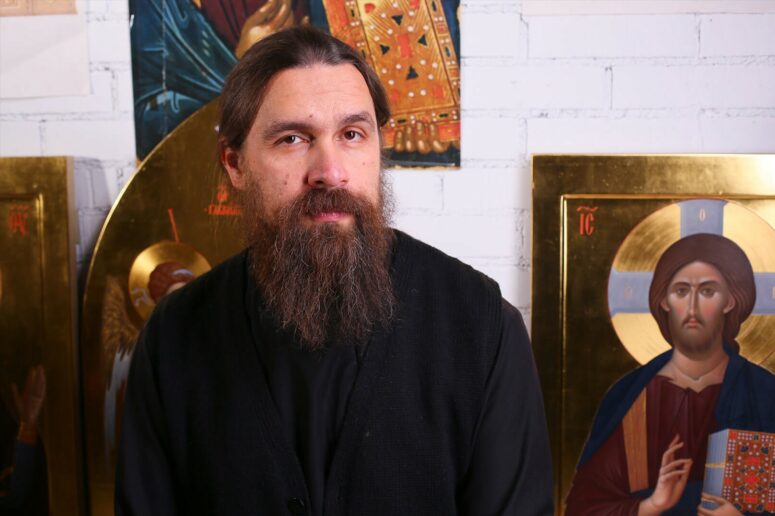
Modern icon painters often face similar challenges communicating with clients, whose knowledge of iconography leaves many of their questions unanswered. For example, people ordering custom icons often wonder why the icon painter proposes an image that differs from the original sample provided by the customer, or what influences the icon painter’s final choice of colors and imagery. With this article, we would like to reduce the distance between icon painters and their clients, to discuss the differences between an icon and a painting, and to explain why an icon painter is not only an artist.
Awareness of Purpose and Personal Prayer
Before ordering an icon, let us ask ourselves what is our motive and why we need this painted image. An icon is not a piece of interior decoration of a church or a house. It is a sacred object and a guide in our prayer to God and the saints. It is important to understand that creating an icon is a prayerful work for both the icon painter and the customer. It is through prayer that God sends us an icon painter (or a workshop), helps us come to mutual understanding and finally, reveals the desired image through him.
Trusting the Icon Painter and His Experience
Choosing a particular icon painter involves trusting him as a professional and as a servant of God.
The professionalism of an icon painter is expressed not only in good artistic education and practical skills, but also in his accurate knowledge of the canons and history of iconography, his visual experience and iconographic outlook. Typically, the customer does not know the full history behind the image that he chooses as a sample, whereas the icon painter can analyze the quality and canonicity of the presented copy, tracing the entire chain from the modern sample to the prototype. Suggesting a better version of the chosen image (as well as ways to make it better) is a part of the icon painter’s job.
What does “a servant of God” imply here? While an artist tends to suffer from the ‘throes of art’, waiting for inspiration that would allow him to express himself in his work, an icon painter views his work primarily as a service. The Lord performs His Sacraments through a priest, who does not wait for inspiration and begins to serve Liturgy at a certain time, realizing his unpreparedness and unworthiness. In a similar way, an icon becomes exposed to the world through the icon painter’s prayer and service.
Of course, the customer is expected to provide his samples and express his wishes regarding the future icon (which the icon painter would do his best to fulfill), but he should also trust the icon painter’s experience and be prepared for the final result not necessarily being exactly as expected. Sometimes there are cases when the customer describes his expectations, the icon painter does it differently, and then, seeing the finished icon, the customer says, “This is exactly what I meant”. This is the miracle of the common prayer and Divine Providence.
Each Icon is Unique
Holy Icons serve to show us an image of the kingdom of heaven, acting as a means of prayer, and instructing us in the truths contained in God’s Word. The Lord Himself, as well as His Most Holy Mother and the saints, look at us through icons. Cases are known when praying in front of a particular image lifted a faithful to seeing the Prototype depicted on it. For example, St Silouan the Athonite, once saw the Savior Himself in the place of a holy icon.
Other similar examples include the occurrence with the miraculous Shuyskaya “Hodegetria” icon of the Mother of God, miraculously changing the position of the Infant Christ’s hands and feet, each time after the icon painter tried to paint the image according to the iconographic original. Considering this a manifestation of the Providence of God, the icon painter finally left the image unchanged.
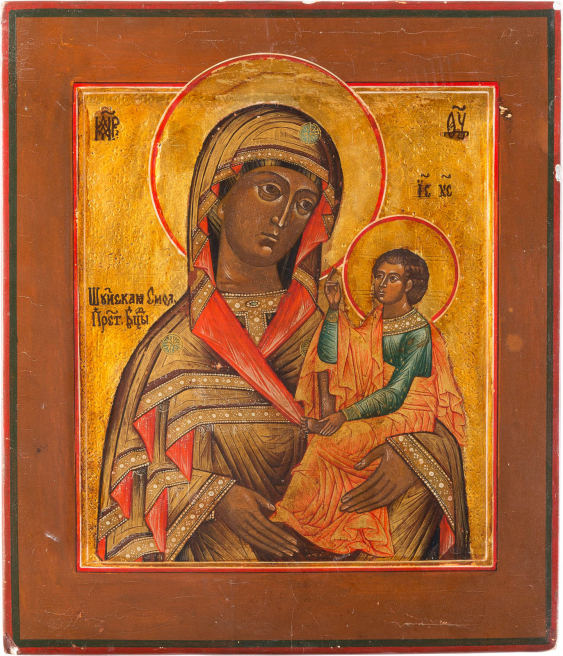
The modern trend of simplifying and replicating everything undermines the value and significance of the icon as an exceptional phenomenon. In some cases icon painting turns into a craft, operated by secular people. The head of our icon painting workshop, Father Sergius Nezhbort, often stresses the importance of each individual icon being not a copy, but a new re-birth, resulting from the icon painter’s inner spiritual work and prayer.
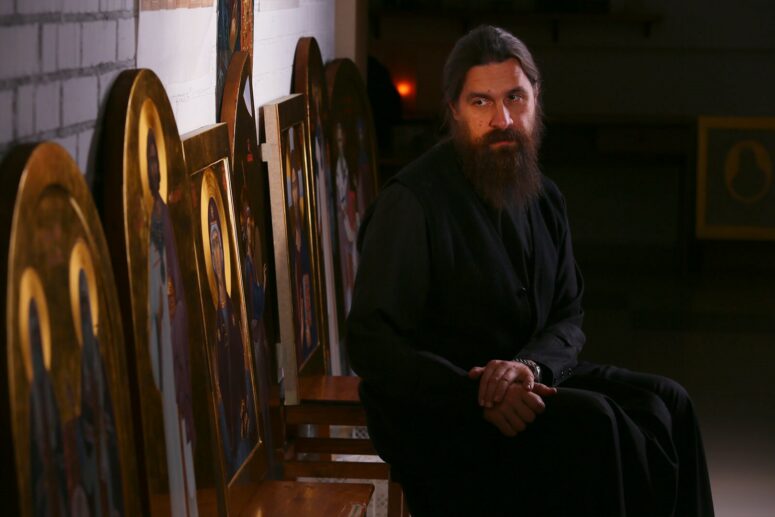
Icon painting develops with the professional growth of the icon painter. This makes our existing catalog function rather as a guideline, whereas in reality, the icons painted today will differ from the ones painted, let’s say, five years ago, particularly, by a more professional writing. However, with a strong desire of the customer, the icon painter will be able to adhere to the sample as closely as possible.
The Difference between Canonical and Realistic Icons
A canonical icon is written according to certain rules, formed in antiquity. This writing has been studied by icon painters for a long time. It is more symbolic and, in contrast to the realistic style, is not aimed at a realistic display of details. For example, a monk can be depicted on a canonical icon in bright colored robes, while on a realistic one he will always appear in black monastic attire.
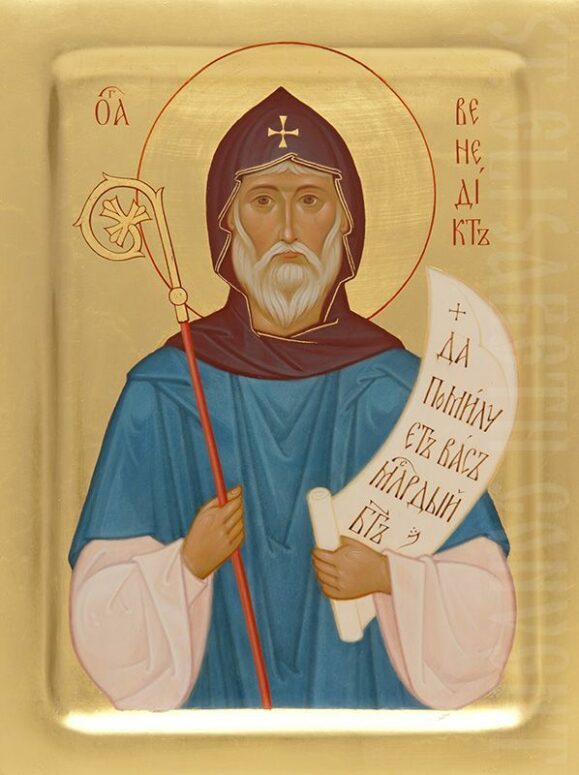
The realistic, or academic, style came to Russia from the West in the 18th century and for some time even began to supplant the canonical writing. Such images are similar to religious paintings, designed to have an emotional impact on the viewer.
In modern Orthodoxy, both styles coexist, giving anyone an opportunity to order an icon in the desired style. However, today the canonical images are more widespread.
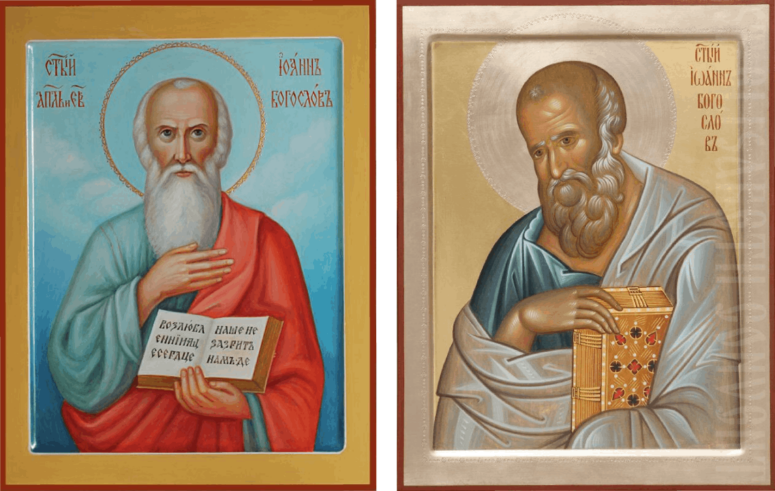
We hope that our article provides a fresh look at the complex process of painting an icon, as a unique and inimitable display of Heaven on earth. Such a perception will simplify coming to an understanding with the icon painter, as well as forming one’s expectations from the result of his work.

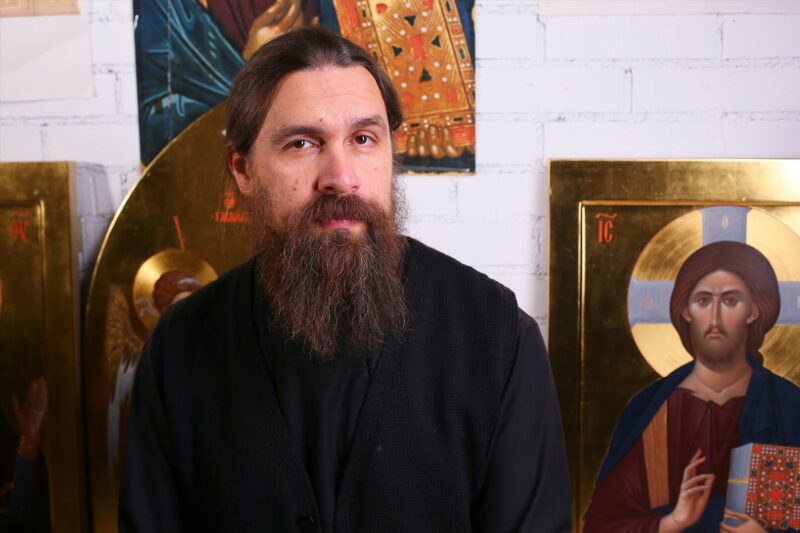
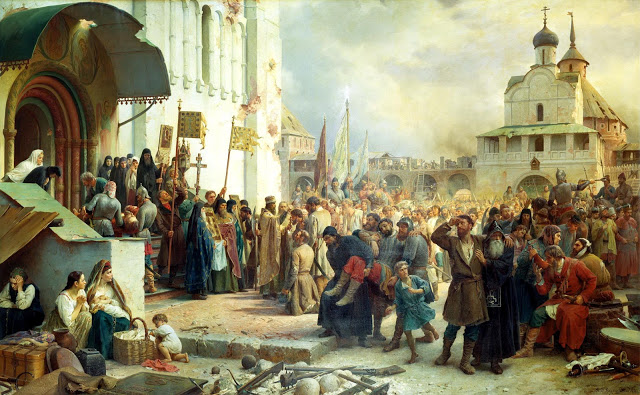
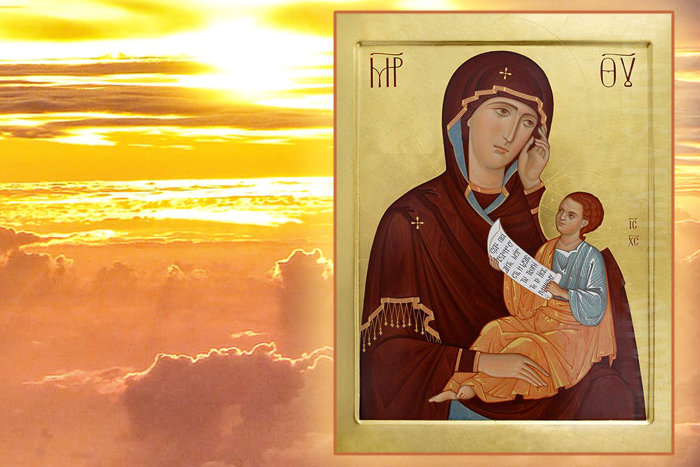
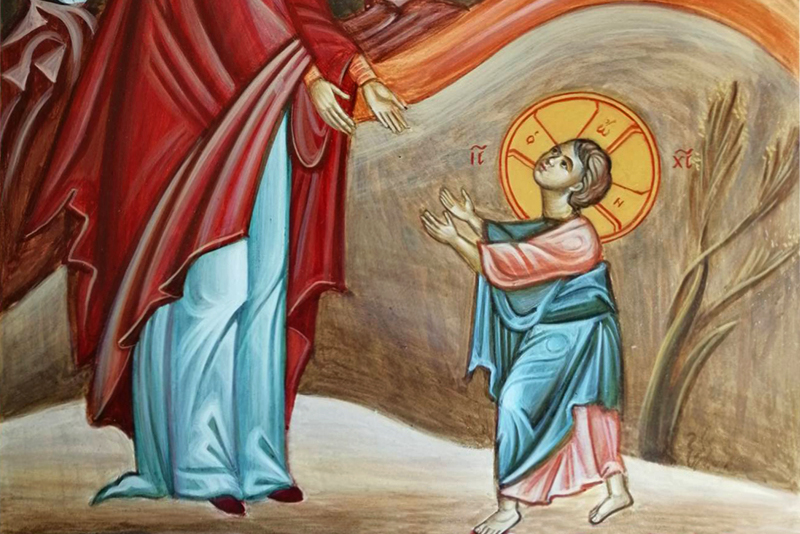
hello, i really loved reading this article since its Christmas on our side. The incarnation of Christ and allowing him to be depicted. And because of how how we conquered death, we know the depicted saints are in heaven and we can depict them. How awesome is that !
Perhaps for a future article you could write up on this ? I read how they look at us through icons and did like to know more. Think there was an orthodox monk in Scotland who was raised up spiritually above the earth and saw the hearts of his brethren as how Christ knows us.
“The Lord Himself, as well as His Most Holy Mother and the saints, look at us through icons”
Greetings father,
Please forgive me but I must disagree with some things you say about icons, worships, iconography and iconographers.
God bless you for this beautiful insight into Icons and Iconographers. May Our Saviour bless your labours.